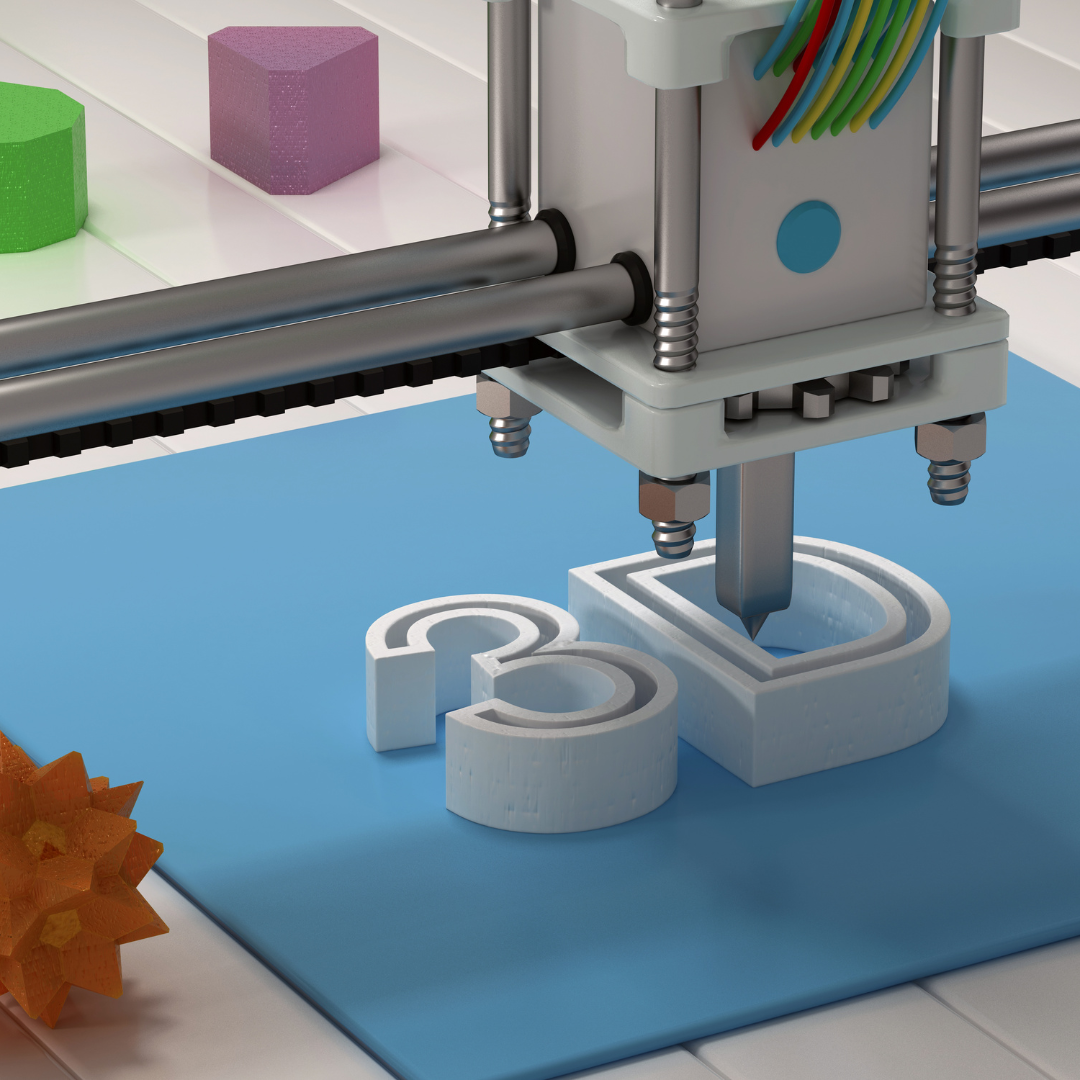Keeping Kids Safe Online: Essential Tips for Parents
In today’s digital age, children are growing up surrounded by technology and the internet. The online world offers many opportunities for learning and entertainment. But, it also presents potential risks and dangers.
As a parent, it is crucial to take proactive steps to ensure your child’s safety while they navigate the vast virtual landscape. By implementing these essential tips, you can help protect your children. You can foster a healthy and secure online environment for them.
Establish Open Communication
Building a foundation of trust and open communication is vital in keeping your child safe online. Encourage your child to share their online experiences with you. Allow them to ask questions, and express any concerns they may have.
Create a supportive environment where they feel comfortable seeking your guidance. They should not have the fear of judgment or punishment.
You should also regularly discuss their online activities. This will help you understand their online habits and address any potential issues promptly.
Educate Yourself
To protect your child online, it’s crucial to familiarize yourself with the digital world they inhabit. Stay informed about popular websites, social media platforms, and online trends.
Understand the risks associated with online activities. these include cyberbullying, identity theft, and exposure to inappropriate content. By educating yourself, you can better guide and supervise your child’s online behaviour.
Set Clear Boundaries and Rules
Establishing clear boundaries and rules about internet usage is essential. Discuss and agree upon acceptable screen time limits, online activities, and age-appropriate content. Set specific guidelines for sharing personal information and interacting with strangers online.
Ensure your child understands the importance of privacy. Also, let them understand the potential consequences of oversharing. By setting these boundaries, you can help your child develop responsible online habits.
Use Parental Controls and Filters
Most devices, operating systems, and internet service providers offer parental control features. These allow you to restrict access to inappropriate content. You can also limit screen time and track online activities.
Take advantage of these tools to safeguard your child’s online experience. Install appropriate content filters and enable safe search options.
You should also activate privacy settings on social media platforms. Review and update these settings as your child grows older and their needs change.
Teach Critical Thinking and Digital Literacy
Empower your child with the necessary skills to navigate the digital world safely. Teach them to think critically, assess online information, and identify potential risks and scams.
Encourage them to verify sources and question suspicious requests. They should be cautious when interacting with unfamiliar individuals or websites.
Developing digital literacy will enable your child to make informed decisions. This way, they can protect themselves from online threats.
Track Online Activities
Fostering trust is essential. But, maintaining a certain level of supervision is equally important. Track your child’s online activities without infringing on their privacy.
Keep computers and other internet-connected devices in shared spaces, such as the living room. This is where you can easily observe their online behavior.
You should also review their browsing history, social media profiles, and messages. This way, you can ensure their safety and well-being.
Encourage Responsible Social Media Use
Social media platforms play a significant role in the lives of many children and teenagers. Teach your child about responsible social media use.
This includes the importance of protecting their personal information. They should also respect others’ privacy and behave ethically online.
Discuss the potential consequences of posting inappropriate content or engaging in cyberbullying. Help them curate a positive digital footprint that will benefit them in the future.
Foster Empathy and Resilience
Online interactions can sometimes be harsh and hurtful. Teach your child to be empathetic towards others. Also, discourage them from engaging in cyberbullying or any form of online harassment.
Encourage resilience and help them develop coping mechanisms. This way, they can handle negative experiences they may encounter online. Teach them to report any instances of bullying or inappropriate behaviour to you or a trusted adult.
Stay Updated on the Latest Trends and Risks
The online world is continually evolving, with new trends, apps, and risks emerging regularly. Stay updated on the latest technological advancements, social media platforms, and online risks. These may affect your child’s safety.
Subscribe to reliable sources of information. Follow reputable websites and organizations that specialize in internet safety.
You should also attend workshops or seminars on the subject. By staying informed, you can adapt your strategies to effectively protect your child.
Lead by Example
As a parent, you serve as a role model for your child’s behaviour, both online and offline. Practice what you preach by demonstrating responsible online habits.
Limit your own screen time, respect others’ privacy, and engage in positive online interactions. By leading by example, you provide your child with a strong foundation for responsible digital citizenship.
Let’s Create a Safe and Secure Online Environment for Our Children
Ensuring your child’s safety in the digital world requires active involvement. You need open communication and a commitment to staying informed.
By following these essential tips, you can help protect your child from online risks. You can do this while empowering them to navigate the online world responsibly.
Remember, it’s a journey that requires ongoing attention and adaptation. This is because technology continues to evolve. Together, we can create a safe and secure online environment for our children.


